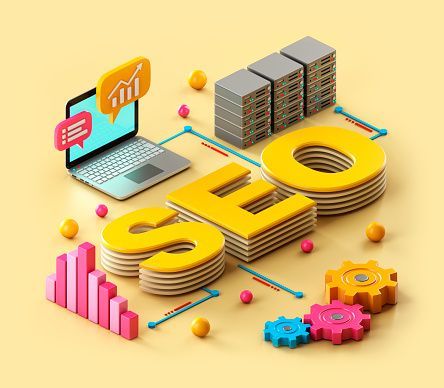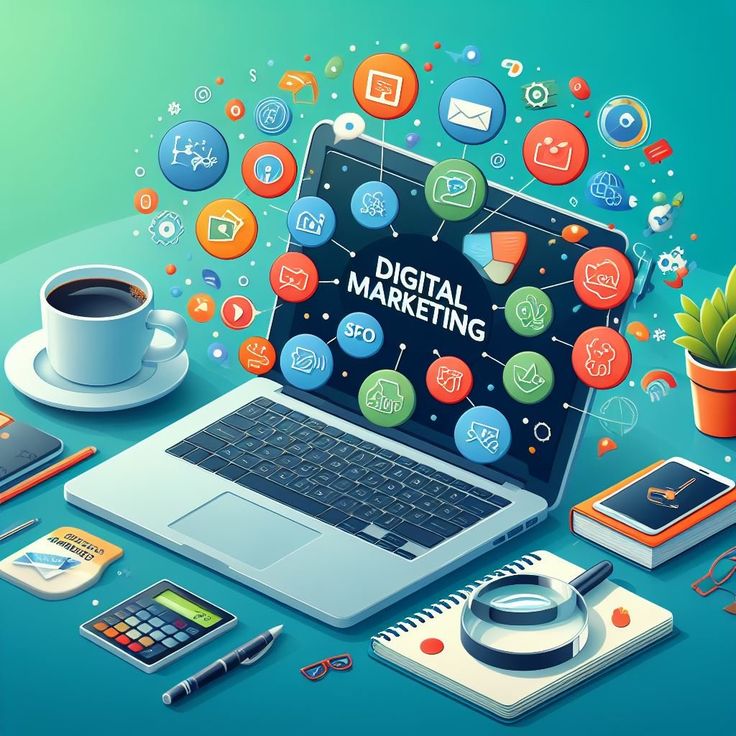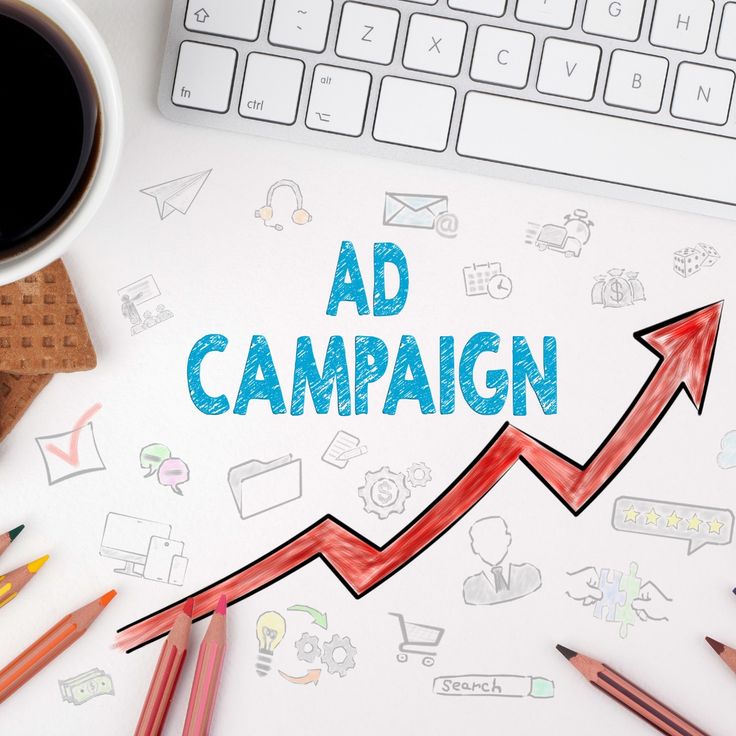10 Effective Ways to Generate High Traffic to Your Website
In today’s digital world, having a website is just the beginning. Whether you are a blogger, an entrepreneur, or a business, driving traffic to your website is crucial for success. High-quality website traffic can lead to increased brand awareness, higher conversions, and a more significant online presence. But how do you generate this high traffic? This blog post will outline ten proven strategies that can help you drive massive traffic to your website.
1. Search Engine Optimization (SEO): The Backbone of Organic Traffic
Search Engine Optimization (SEO) is the process of optimizing your website to rank higher in search engine results, such as Google. With SEO, you can increase organic traffic, which refers to visitors who find your website via search engines rather than paid ads. SEO is a long-term strategy but is crucial for sustainable growth.
Key Steps in SEO:
- Keyword Research: Use tools like Google Keyword Planner, Ahrefs, or SEMrush to find keywords that your target audience is searching for. Focus on both short-tail and long-tail keywords.
- On-Page SEO: Ensure your content includes targeted keywords, has a clear structure (headings, subheadings, etc.), and is optimized for user experience (mobile-friendly, fast loading times).
- Quality Content: Search engines reward high-quality, original content that provides value to users. Regularly update your blog with useful, engaging articles.
- Link Building: Building backlinks from reputable websites signals authority to search engines. You can earn backlinks through guest blogging, outreach, or creating shareable content.
By focusing on SEO, you are setting up your website for continuous growth without relying solely on paid ads.
2. Content Marketing: Creating Valuable Content that Resonates
Content is king when it comes to driving traffic. Whether it’s blog posts, infographics, videos, or podcasts, valuable content attracts visitors, keeps them engaged, and encourages them to share your site with others.
Key Content Marketing Strategies:
- Create Evergreen Content: Write blog posts or create resources that provide long-term value. These articles will continue to attract traffic over time.
- Use Visuals: Incorporate infographics, charts, and videos to make your content more engaging and shareable.
- Guest Blogging: Contribute to other reputable blogs in your industry. Not only will you build backlinks, but you’ll also get exposure to new audiences.
- Content Consistency: Publish content regularly, whether it’s a weekly blog post or a monthly report. Consistency shows your audience that you are an active authority in your niche.
Remember that valuable content serves as a foundation for all your digital marketing efforts, so take the time to craft informative, helpful, and share-worthy posts.
3. Social Media Marketing: Harnessing the Power of Social Platforms 
Social media is one of the most effective ways to drive traffic to your website. With billions of active users on platforms like Facebook, Instagram, Twitter, LinkedIn, and TikTok, these platforms can send a massive amount of traffic to your site if used strategically.
Key Social Media Strategies:
- Share High-Quality Content: Share your blog posts, videos, or infographics on your social media accounts. Ensure that your posts are visually appealing and have a compelling caption.
- Use Hashtags: Hashtags increase the discoverability of your posts. Research trending hashtags related to your niche and use them in your posts.
- Engage with Your Audience: Respond to comments, ask questions, and interact with your followers. Building relationships can increase engagement, leading to more traffic.
- Paid Social Ads: Running paid ads on social media platforms can help you target specific audiences and drive more traffic to your site.
Consistency, creativity, and engagement on social media are key factors in driving high traffic from social platforms.
4. Influencer Marketing: Collaborating with Industry Influencers
Influencer marketing has gained significant traction in recent years. Collaborating with influencers can help expose your website to a broader audience. When influencers share your content or endorse your brand, they bring their followers to your website, which increases traffic.
How to Leverage Influencers:
- Identify Relevant Influencers: Look for influencers who are relevant to your niche and have a loyal, engaged audience.
- Build a Relationship: Engage with influencers on social media, comment on their posts, and offer them something of value before reaching out for a partnership.
- Offer Compelling Deals: Provide influencers with exclusive discounts or free products/services in exchange for promoting your website.
Influencers can help you expand your reach significantly, especially if you choose partners who align with your brand values and target audience.
5. Email Marketing: Turning Subscribers into Website Traffic
Email marketing is one of the most effective ways to generate repeat traffic to your website. With an email list, you can send regular updates, offers, and valuable content to your subscribers, encouraging them to visit your site.
Key Strategies for Email Marketing:
- Build an Email List: Offer something of value, like a free eBook, checklist, or webinar, in exchange for visitors’ email addresses.
- Send Valuable Content: Don’t just send promotional emails. Provide useful content such as blog updates, exclusive offers, or industry news to keep subscribers engaged.
- Personalize Emails: Use segmentation to send personalized emails to different segments of your list. Tailored emails improve engagement and increase the likelihood of people clicking through to your website.
- A/B Testing: Test different subject lines, CTAs, and email designs to find out what resonates best with your audience.
Email marketing is a great way to nurture leads and bring visitors back to your website repeatedly.
6. Paid Advertising: Quick Traffic with Pay-Per-Click (PPC)
Paid advertising, particularly Pay-Per-Click (PPC) campaigns like Google Ads or Facebook Ads, can drive a lot of traffic to your website in a short amount of time. With PPC, you pay a fee each time someone clicks on your ad, making it a cost-effective way to reach your target audience.
Tips for Successful Paid Advertising:
- Targeting: Ensure that your ads are highly targeted to reach the right audience based on factors like demographics, interests, and behaviors.
- Optimize Landing Pages: When users click on your ad, they should land on a relevant page that matches the ad’s promise. Optimize your landing pages for conversions to get the best return on your ad spend.
- Monitor and Adjust: Track the performance of your ads. Adjust your bidding strategy, keywords, or ad copy if your ads are underperforming.
- Retargeting Ads: Use retargeting to show ads to visitors who have previously interacted with your website but did not convert.
Paid ads can generate high traffic quickly, but you must monitor them carefully to avoid overspending on underperforming campaigns.
7. Referral Traffic: Building Strategic Partnerships
Referral traffic refers to visitors who arrive at your website from another site. These can include links from other blogs, websites, social media platforms, or even forum discussions.
How to Increase Referral Traffic:
- Guest Posts and Backlinking: Write guest posts for other blogs and websites in your industry, ensuring that they include a link to your website.
- Share Your Content on Forums and Communities: Participate in online forums (such as Reddit or Quora) and share links to your content when relevant. Make sure you follow each platform’s rules about sharing links.
- Partner with Complementary Brands: Work with complementary businesses in your industry to share each other’s content, products, or services. This partnership can bring valuable referral traffic.
Referral traffic is highly valuable because it typically comes from websites that already have established trust with their audience.
8. Video Marketing: Capitalizing on the Popularity of Video
Video marketing has become a dominant force in content consumption. Platforms like YouTube, TikTok, and Instagram have made video one of the most engaging forms of content.
How to Use Video Marketing to Drive Traffic:
- Create Informative Videos: Create tutorials, reviews, or behind-the-scenes videos that solve problems for your audience.
- Optimize Video Titles and Descriptions: Use keywords in your video titles and descriptions to help them rank in search results.
- Embed Videos on Your Website: Embed videos on your website to increase time-on-site and reduce bounce rates.
- Leverage YouTube and TikTok: Share your videos on social media platforms, especially YouTube and TikTok, which have massive audiences.
Video content not only drives traffic but also increases engagement and boosts your website’s authority.
9. Repurpose Content: Maximize the Value of Existing Content
Repurposing content involves taking existing blog posts, videos, or social media content and presenting them in a new format. This helps you reach new audiences without creating new content from scratch.
Content Repurposing Ideas:
- Turn Blog Posts into Infographics: Create visually appealing infographics from long-form blog posts to share on Pinterest or social media.
- Create Slideshows or Webinars: Convert in-depth articles or case studies into webinars or slide presentations.
- Transform Videos into Blog Posts: Transcribe video content and turn it into a detailed blog post for your website.
Repurposing your content helps you get more mileage out of your efforts and attract new traffic from different channels.
10. Community Engagement: Building a Loyal Following
Building a community around your website is essential for long-term traffic growth. Communities create a sense of belonging and encourage repeat visits. Whether it’s through forums, social media groups, or online meetups, fostering a community can drive consistent traffic to your site.
How to Build a Community:
- Create a Facebook or LinkedIn Group: These groups allow you to engage with your audience, answer questions, and share your content directly.
- Host Webinars or Live Q&As: Hosting live sessions gives you an opportunity to interact directly with your audience and drive them back to your website.
- Encourage User-Generated Content: Ask your audience to share their stories, experiences, or content related to your niche. User-generated content can increase engagement and boost traffic.
A loyal community can lead to consistent traffic and provide a strong foundation for your website’s growth.
Conclusion
Generating high traffic to your website requires a combination of strategies, consistency, and patience. Whether you’re using SEO, social media, paid ads, or content marketing, the key is to understand your audience and deliver value at every touchpoint. By implementing these ten strategies, you can build a sustainable traffic flow that not only drives more visitors to your website but also converts them into loyal customers or followers.
As the digital landscape continues to evolve, staying ahead of trends and adjusting your tactics will be crucial. But with a strong traffic generation strategy in place, you’ll be well on your way to creating a successful, high-traffic website.











Post Comment